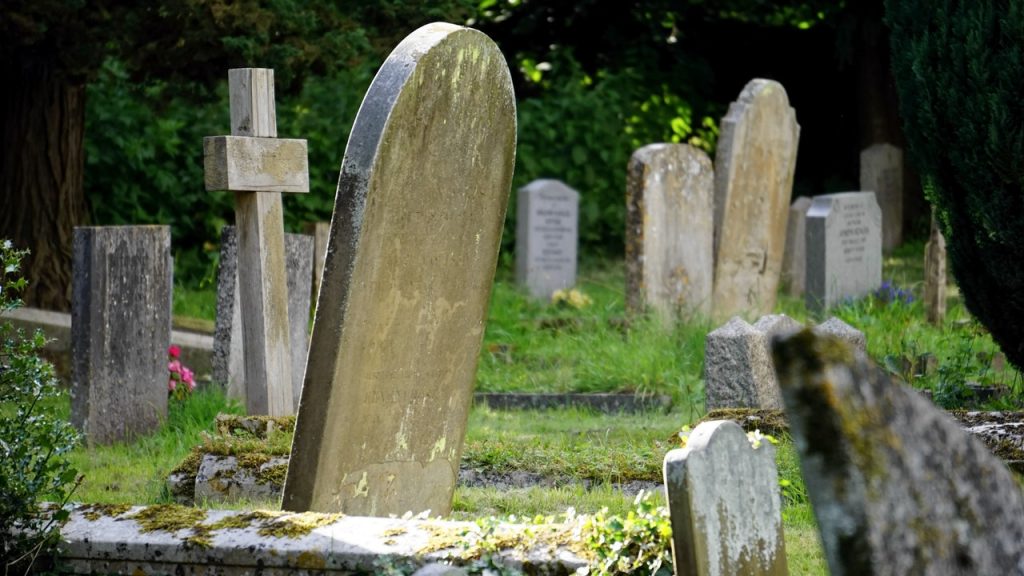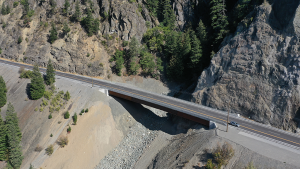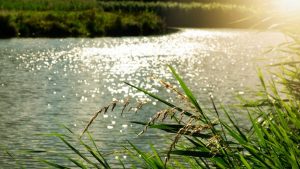All Souls, which runs every year from late October until early November, is one of Vancouver’s more unique cultural events.
Taking place at mid-town Mountain View Cemetery, All Souls is billed as an opportunity for the public to remember its dead in what organizers call “a gentle atmosphere of contemplative beauty.”
All Souls is part of the revival of the urban cemetery in an increasingly secular and multicultural Canada, says Richard Cook, a landscape architect with Vancouver-based LEES+Associates Landscape Architects and Planners.
“Such events are opportunities for families to continue their dialogue with the deceased,” says Cook.
They’re also examples of the changing burial-related demands of contemporary families.
“They want more choice, more personalization, more input,” Cook says. “In response, cemeteries are working to make themselves more relevant to the communities in which they’re located.”
Cemeteries are no longer part of the “waste disposal system,” he says. “They’re now sacred landscapes of memory. The new attitude is part of the trend of push-back against secularism.”
Exemplifying the changing attitude to cemetery design is the new graveyard in Salmon Arm, B.C., for which LEES+Associates was lead consultant.
The design includes many contemporary features, such as an outdoor celebration room with a memorial wall; scattering gardens (for cremated remains); cremation gardens with columbaria (vaults with niches for urns containing ashes); and a children’s garden.
“The site plan incorporates traditional and new forms of interment, including cremation and memorialization,” says Cook. “It also allows for phased-in future development.”
Cemeteries are having to reinvent themselves at a time when municipalities are running out of space.
Unlike Mountain View, the Salmon Arm cemetery has a challenging location in a heavily forested area at the base of Mount Ida, several kilometres from the centre of town.
A former firing range, the site is unfenced and is used by wildlife — bears, cougars and deer — as an informal thoroughfare.
We want to give the new cemetery a favourable ‘green’ image
— Catriona Hearn
LEES+Associates Landscape Architects and Planners
Like many aspects of modern life, how we dispose of our dead is subject to changing fashion.
“Canadian municipalities, most of which operate at least one cemetery, need to keep an eye on emerging trends,” says LEES+Associates landscape architect Catriona Hearn. “Cemeteries strive to pay for themselves, so they need cash flow.”
More Canadian deceased are being cremated, especially in B.C. An increasing number are opting for green burials, which features a biodegradable casket or simple shroud, no vault and no headstone.
LEES+Associates is the lead consultant at the new Calgary Southeast Cemetery.
Hearn says the idea for the project arose about 10 years ago when the City of Calgary realized it was running out of cemetery space.
The Province of Alberta restricts the operation of cemeteries to municipalities and religious organizations, which meant the private sector couldn’t step in.
So the city donated land for a new cemetery.
Like the Salmon Arm Cemetery, the Calgary Southeast Cemetery is off the beaten path.
“It’s at the remote, southeastern edge of Calgary,” says Hearn. “It’s far from the city centre and it lacks a local population base, services and access roads.”
LEES+Associates’ design also has to take into account an abandoned wellhead on the site and the need to include a public access road to a property to the north.
“We want to give the new cemetery a favourable ‘green’ image, as well as make it attractive, appealing and beautiful, so that families will make it a destination,” says Hearn.
The firm calls itself Canada’s premier cemetery planning and design firm.
The company recently won an award from the American Society of Landscape Architects for its Iqaluit Municipal Cemetery in Nunavut.
“The design draws on local and traditional knowledge with a focus on locally-sourced, culturally meaningful materials and simple forms to honour Indigenous traditions,” says company founder and principal Erik Lees.
The project was challenging, he adds.
“It was hard to find an appropriate site,” he says. “In addition to the difficult climate and soil conditions, we wanted to meet the unique cultural needs of the Inuit.”
Lees says the project exemplifies how the role of landscape architects has changed in the last 10 years.
“Owners today are looking for holistic, well-rounded solutions that synchronize community needs and site requirements in creative ways,” he says. “Landscape architects are particularly good at this aspect of site planning and development.”











Recent Comments
comments for this post are closed